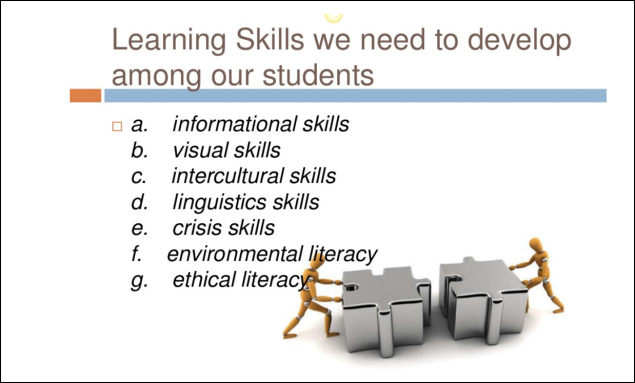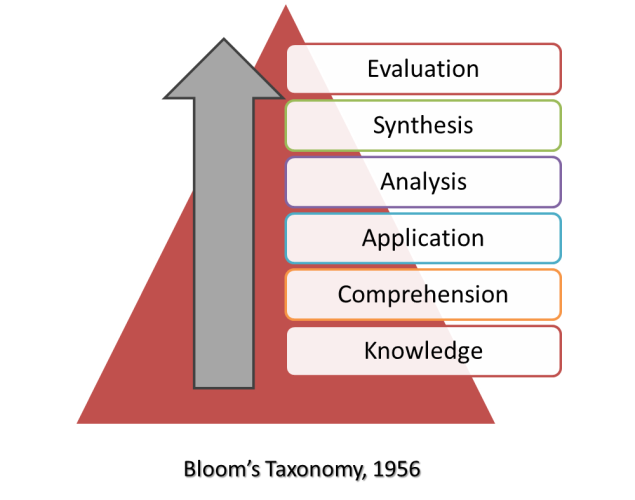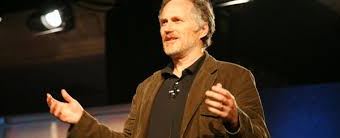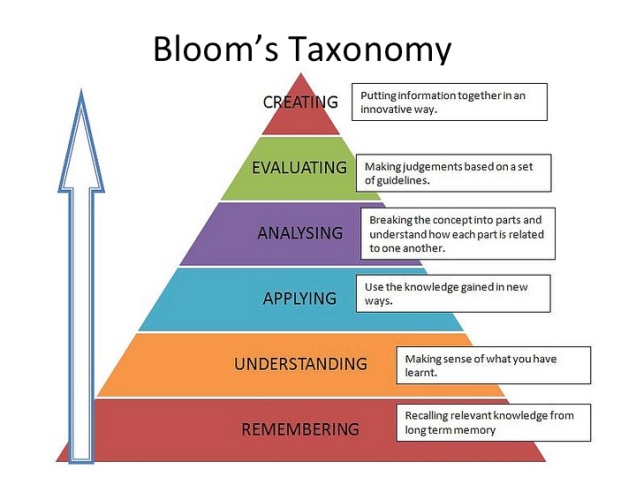Above and Beyond the 4Cs: 21st century skills for Southeast Asia
The new century brought new ways of thinking and doing things especially for the academia wherein many changes take some time. We are now in an imaginable period when technology is not scarce, technology is not difficult to handle, applications and programs are user-centered, technology is affordable, internet is far richer with reliable information and internet connectivity is available.
In many parts of the world including here in southeast Asia, public and private schools are rethinking of how to address this situation in the light of their roles as formators of the future leaders and professionals of the region. The major task is to revisit and redesign the curriculum. Education leaders were in agreement of the need for 4Cs in the 21st century curriculum– communication, collaboration, creativity and critical thinking. Here is a very nice and simple explanation of the 4Cs.
The Above and Beyond videoAbove and Beyond video was created by P21 and FableVision to cite a story and example of the 4Cs, namely, communication, collaboration, creativity and critical thinking.
The short video is a very good introduction for rethinking the curriculum in the 21st century. But how much of these skills are we looking at? What are the capabilities were looking at for each C? Is communication for example, a technical skill or a soft skill? If we talk of public speaking, communication is a hard skill and in managing a team communication is an organizational skill as well.
While the 4C is a very good baseline guide, we still need to work more. Back in 2011, in a presentation I did, I listed general skills needed by our future graduates. My list is not Cs but it captured relevant skills and literacy needed by our times.

This is from my 2011 presentation Preparing our students in the global setting
Five years later, I am updating this list to include the ideas of colleagues in the region and I made my own summarization. This is what I propose as the 21st century skills and competencies needed in the ASEAN region, beyond the 4Cs.
- Thinking and inquiry – this is to include inferencing, reflection, financial literacy and enterprising mindset.
- ASEAN Communication – the need to be prolific in the mother tongue and to be acquainted with the other ASEAN languages and dialects; to build interpersonal and intrapersonal skills sensitive of the ASEAN context; having a fervent intercultural skills.
- Innovative ASEAN aptitude – this characteristic encompasses aspects, namely, being collaborative, possessing strong cultural awareness and respect for others, and valuing diversity.
- Problem-solving – this is to develop a mindset that includes crisis skills, conflict management, being adaptive to different situations and to always advocate for peace in the nation, in the region and in the world.
- Leadership – molding sound ASEAN persona, being a role model, ethical and being an inspiration to others.
- Self-regulation – this is to include independence, agency, being a good ASEAN and digital citizen.
- Environment-consciousness – promoting care and respect for the environment; to advocate sustainable development and conflict resolution and to always aim for peace in the region.
- Information and digital competency – ICT will become an integral part of building all the seven skills above. It is not a simple matter of introducing ICT or having digital literacy. It is bringing the literacy to a competency level that will exhibit the use of different ICT resources matching the context situations; pulling, classifying, differentiating, synthesizing information; understanding and making sound meanings of different kinds of digital media and platforms.
I hope this list could be helpful to school leaders in the southeast Asian region.


